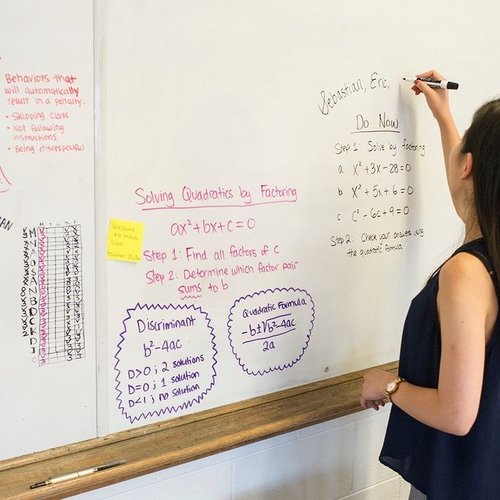What is Culturally Relevant Education?
July 20, 2022Across the country, rigorous evaluations and studies have shown that culturally relevant education (sometimes known as culturally responsive education) increases students’ academic engagement, attendance, grade point average, graduation rate, and positive self-image.
Culturally relevant education (CRE) combines teaching/tutoring, pedagogy, curriculum, attitudes, and instructional materials that center on students’ culture and identities. It can help affirm and value the worldviews of historically underrepresented peoples as the central focus of educational materials.
Additionally, CRE can positively impact white students’ ability to think critically, possibly influence racial attitudes and biases, and provide the cognitive tools needed to critique institutional racism.

A Mirror and a Window
“Culturally relevant education offers a mirror for students to see themselves, and a window into other students’ cultures and identities. It’s a way for students to see a connection to their own lives and futures,” said Halley Bowman, Senior Director of Academics.
Diversity and Inclusion
Focusing on the diversity and inclusion of students, CRE encourages students to connect with experiences beyond their own. It presents different points of view on the same event, especially points of view from marginalized people and communities. It can help students develop a critical consciousness about systems of oppression.
“In a high-quality, culturally relevant curriculum, people of diverse races, classes, genders, abilities, and sexual orientations are represented through their strengths, talents, and knowledge rather than their perceived flaws or deficiencies,” said Bowman.
“CRE offers instructional activities that provoke critical questions about the status quo. It also can provide avenues for students to connect learning to social, political or environmental concerns that affect their lives and contribute to change,” she said.
Based on real-life experiences, the curriculum can be customized to the student. There are a variety of problem-solving methods. CRE normalizes and even encourages mistakes as a way for students to grow and learn.
Mathematical Mindset
Throughout the year, students are encouraged to work on cultivating a mathematical mindset. The math mindset focuses on developing an atmosphere of growth so that each student can learn math at the highest levels.
Teamwork and collaboration are a big part of CRE. Collective effort and learning means that both students and Fellows are learners. Tutors build rapport with students and get to know them so that they can create an open and trusting environment to learn.
Creating a curriculum that incorporates CRE requires an ongoing process of reflection and development.
Download our free curriculum.
